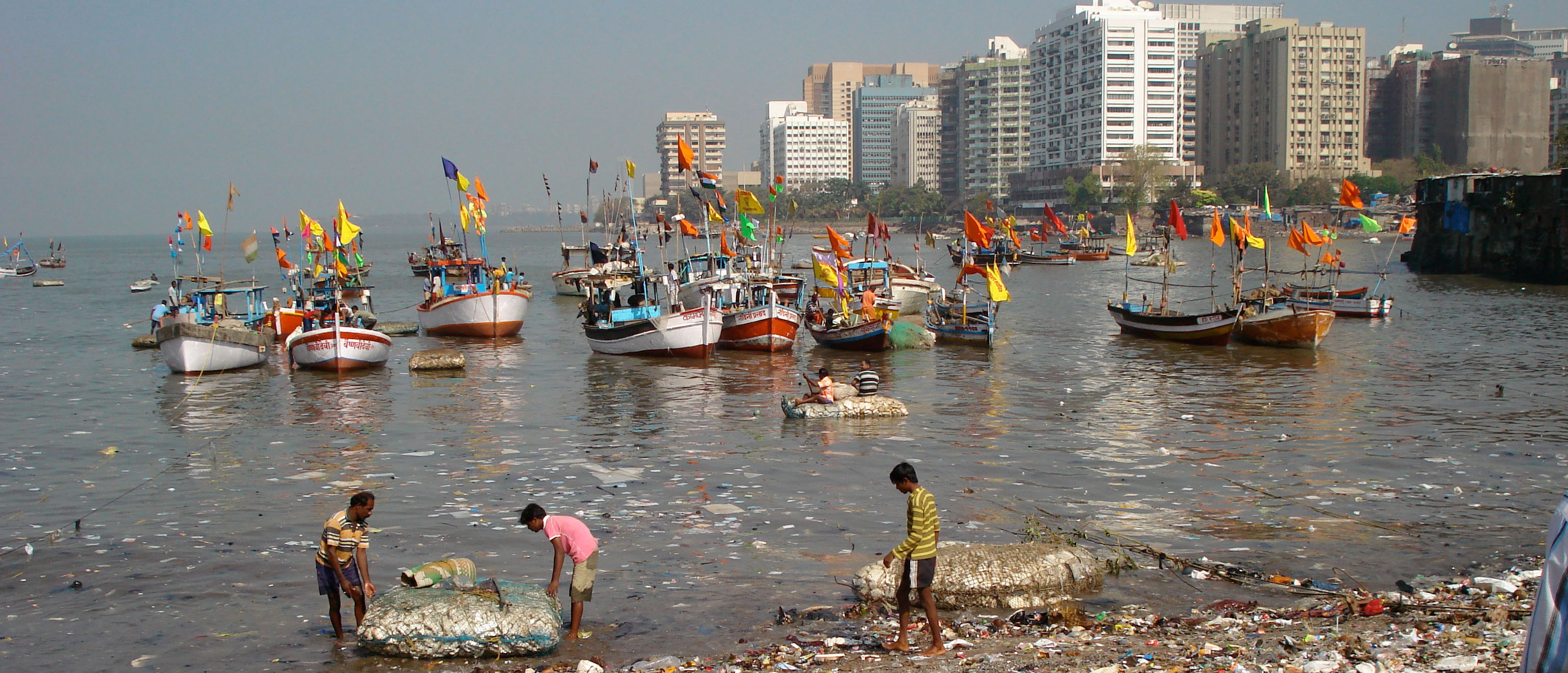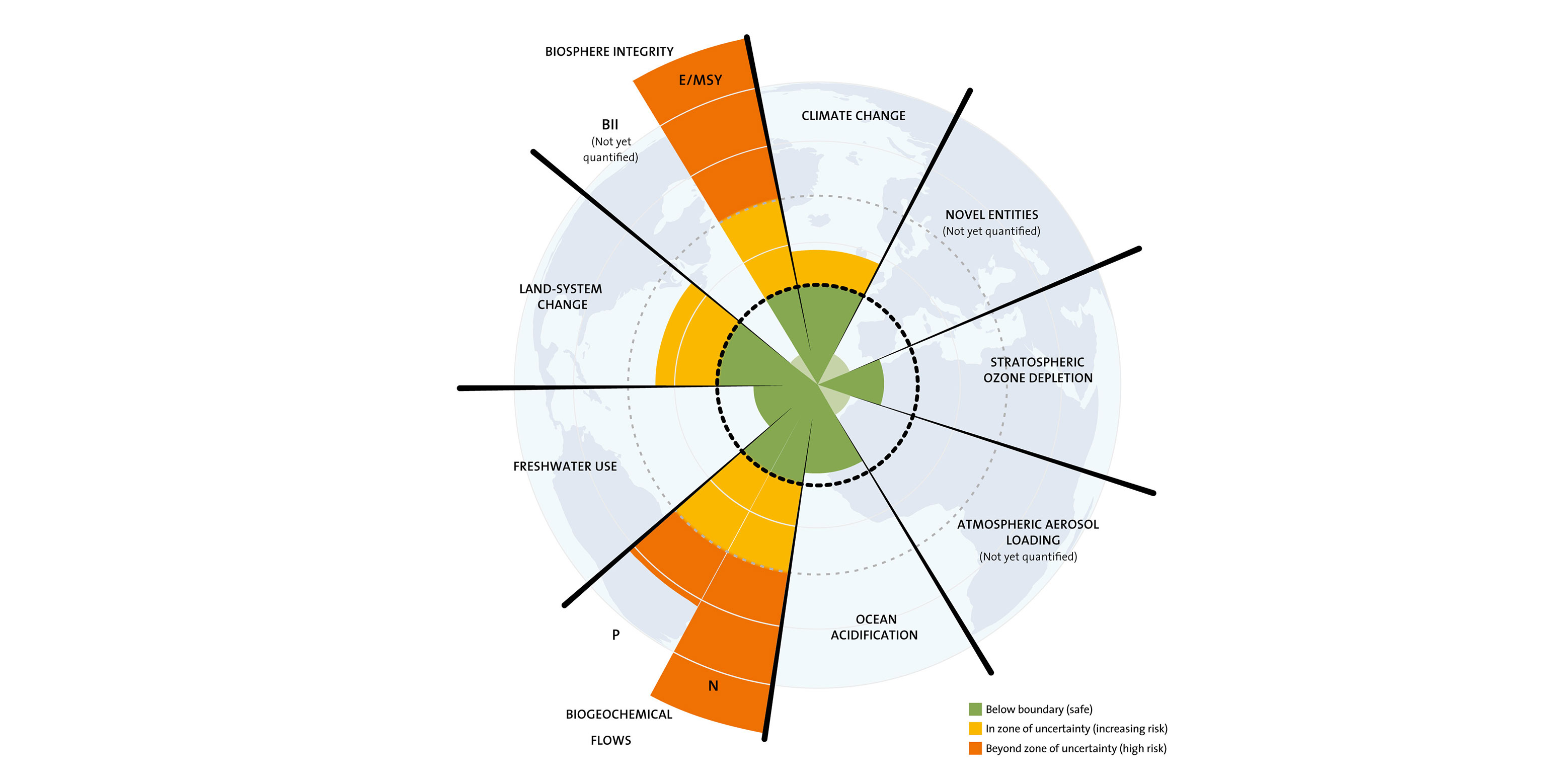
A new study use the planetary boundaries framework to discuss emerging research questions on global environmental change and the best available tools to tackle these challenges. Photo M. Troell/Azote
Bildtext får vara max två rader text. Hela texten ska högerjusteras om den bara ska innehålla fotobyline! Photo: B. Christensen/Azote
Planetary boundaries and policy
Horses for courses
New study categorises key questions and evaluates what analysis tools to bet on in the race towards sustainability
- Four categories of questions are identified that can guide future research and implementation of the Planetary Boundaries
- Tackling these questions demands different modelling tools, and new models
- Better cooperation between disciplines will let different model outputs be combined, giving a richer understanding that can inform policy and action
When the UN adopted the Sustainable Development Goals in September 2015 it was with the outlook to reach sustainability – both socially and environmentally. However, environmental assessments published in the last few decades point to a decline in ecosystem health, and emphasise that this decline will likely lead to serious impacts on people’s wellbeing.
To determine how to improve this situation and what track to follow in policy, more research is needed that improves the quantitative understanding of biophysical and social systems and their interactions, as well as response strategies for achieving multiple targets.
In a recently published study led by PBL Netherlands Environmental Assessment Agency, centre researchers Tiina Häyhä and Sarah Cornell together with colleagues use the planetary boundaries framework to discuss emerging interdisciplinary research questions on global environmental change, and the best available tools to tackle these new research challenges.
“Modelling tools can be useful for analysing these complex issues in more detail but are not the only tools needed. Better cooperation between different disciplines is necessary so that insights from these four categories can be combined. We need this richer picture of global changes to be able to inform policy-makers,”
Tiina Häyhä, co-author
Different kinds of sustainability assessments
The authors identify four key categories of questions. Though they are based on the concept of planetary boundaries, the questions raised in the study can be seen as relevant to global environmental assessments in general:
The first category contains questions that concern biophysical processes that are fundamental for ecological stability, helping to identify thresholds in climate and ecosystems that matter to human development. The second category moves into a diagnosis of impacts of change, looking at causal chains for different processes with a focus on societal impact and what is an acceptable level of pressure.
The third category concerns response and scenario analysis related to how societies can remain within the planetary boundaries while at the same time ensuring that development pathways meet social goals. Category four then deals with policy aspects of how such response categories can be implemented.
The authors liken these key question categories to different kinds of racecourses, and the tools that can be used to address important questions to racehorses.
“Breeding and training a horse for one kind of race, and sending them out on the other kind of race track is always going to be a problem,” says Cornell, “but with today’s pressing global change questions, we find more and more that we have to push our current models to their limits.”
Choosing the right models for today’s sustainability questions
“The four categories are not a rigid classification but they are useful in determining where currently available models can be applied, and where they could be combined or integrated,” Cornell continues.
“To address complex questions, we need quite sophisticated methods, ranging from qualitative case studies to quantitative modelling exercises. As a start we have chosen to focus this study on the more quantitative modelling tools.”
When dealing with these types of holistic and interdependent questions, a challenge for model-supported research is to find the balance where there is enough complexity in the model to be able to give a realistic answer, while still being able to control the variables.
Two main families of models that are used to address these types of questions are Earth System Models (ESMs) and Integrated Assessment Models (IAMs).
Typically ESMs are combinations of models of physical, geochemical and ecological systems. These types of models mainly contribute to answering questions in categories one and two.
IAMs on the other hand are primarily designed for providing direct policy advice. They have simpler representations of environmental processes, but include many social and economic factors. These models are useful for addressing the questions in categories two and three.
A richer picture needed for policy
The questions identified in the study are complex. They involve relationships over time, interactions between different planetary boundaries and across different geographical scales. Different models and tools will have important contributions to make in answering and furthering the knowledge around these issues but no one tool will cover the entire field.
“Modelling tools can be useful for analysing these complex issues in more detail but are not the only tools needed. Better cooperation between different disciplines is necessary so that insights from these four categories can be combined. We need this richer picture of global changes to be able to inform policy-makers,” concludes Häyhä.
“There are many ways to improve this cooperation – in certain cases integrating different models might be useful but in other cases it might just end up in an analytical muddle. In those cases simply communicating across disciplines could then be more fruitful for gaining new insights.”
van Vuuren, D. P., P. L. Lucas, T. Häyhä, S. E. Cornell, M. Stafford-Smith. 2016. Horses for courses: analytical tools to explore planetary boundaries. Earth System Dynamics, 7: 267–279.
Tiina Häyhä works as a postdoctoral researcher in the Planetary Boundaries Research Network. Her research focuses on exploring energy pathways in the context of Sustainable Development Goals, applying and developing the Planetary Boundaries framework to characterize the safe and just operating space for humanity, from an energy perspective.
Sara Cornell is the Coordinator of the Planetary Boundaries initiative. Her research interests are in anthropogenic global changes, environmental governance and management, and the philosophy and methodology of integrative research.








